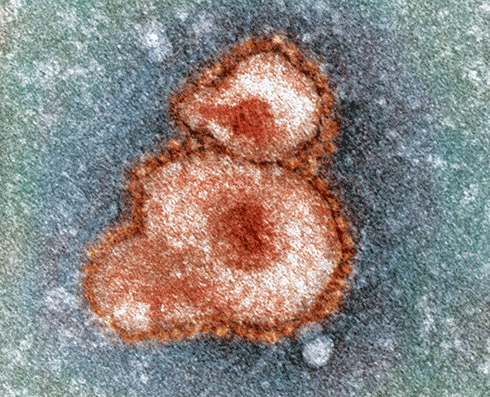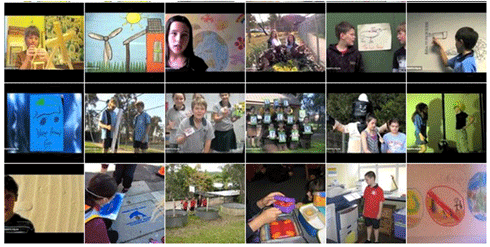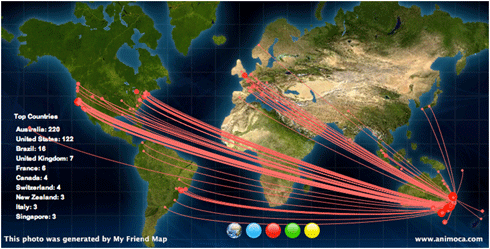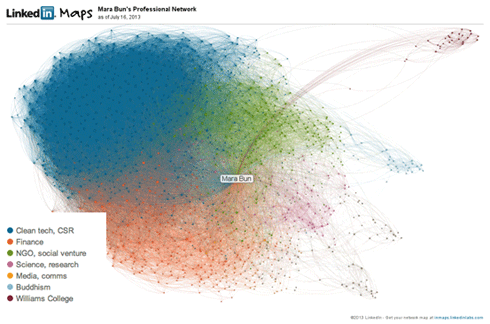
|
Published: 29 July 2013
Nations and scientists unite to battle pandemics
CSIRO launched its national Biosecurity Flagship last week with the announcement that researchers from Australia, Singapore and the US have joined forces to gain a deeper understanding of human pandemics.
Biosecurity Flagship Director Dr Gary Fitt said recent global events highlighted the need to ramp up research into viruses that spread from animals to humans.
‘We now know that 70 per cent of new diseases in people have originated in animals,’ Dr Fitt said.
‘We are lucky to have a strong biosecurity system, backed by world-class science, but we live in an increasingly connected world with trade and people movements putting us at greater risk.’
Recently a new SARS-like virus has emerged from the Middle East and has killed 45 of 82 people infected since September 2012. Known as Middle East Respiratory Syndrome (MERS), it has spread from the Middle East to the United Kingdom, Germany, France, Italy and Tunisia.
In China, a new strain of highly pathogenic bird flu, known as H7N9, is spreading undetected, killing people instead of chickens. It is unknown how it spreads.
CSIRO and Duke-NUS (an alliance between Duke University in North Carolina, USA and the National University of Singapore) have signed a relationship agreement with a view to forming an International Collaborative Centre for One Health aimed at finding a new approach to tackling such deadly viruses.
Dr Linfa Wang, CSIRO Science Leader and Director of the Program in Emerging Infectious Diseases at Duke-NUS, said that responding to these emerging threats needs a different approach to the past and must integrate medical, veterinary, ecological and environmental research.
‘Bringing all of these disciplines together to develop a One Health approach rather than working independently is what our new international partnership is all about,’ Dr Wang said.
‘We are combining CSIRO’s world-leading bat virology research with Duke-NUS medical expertise in the development of new and more effective methods for the discovery, treatment, prevention and control of new and emerging diseases in people.’
Research is already underway with the team at Duke-NUS to develop new tests for early and rapid detection of emerging infectious diseases, such as Hendra virus and coronaviruses.
CSIRO scientists with expertise in bat virology will then test and validate these new platforms at the Australian Animal Health Laboratory, the world’s most advanced high containment facility, located in Geelong Victoria.
This work builds on CSIRO achievements in biosecurity research that have already had a profound impact on Australia’s biosecurity status, including the delivery of a biological control for one of the world’s most invasive pests, the silverleaf whitefly, and the recent development of an equine Hendra virus vaccine.
Source: CSIRO







